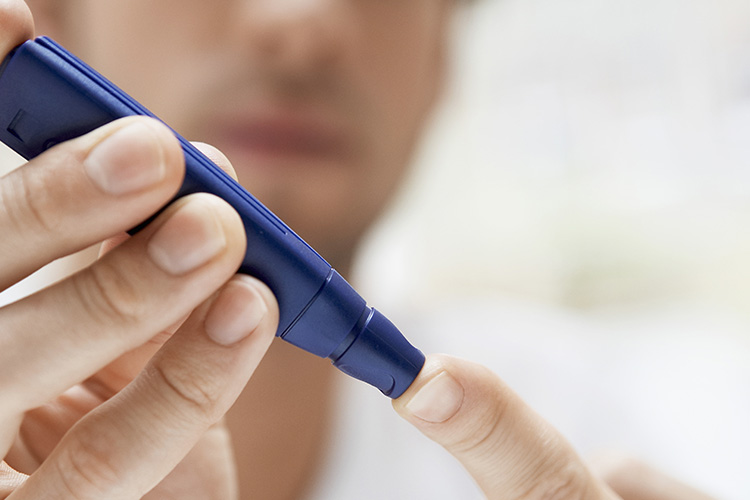Blog
Type 1 Diabetes and gut bugs

Much of our discussion on diabetes here at That Sugar is around type 2 diabetes. This is the type more often than not diet and lifestyle induced, and possibly reversible. Type 1 diabetes, on the other hand, receives less attention, but is a serious and cumbersome condition to contend with.
Type 1 diabetes is an autoimmune condition comprising 5-10% of the global diabetic population. It is prevalent in children and young adults and requires those affected to inject insulin for life, to make up for the lack of production of insulin by damaged pancreatic beta-cells.
There is a genetic predisposition to developing the condition. The predisposition sets the stage for possible disease manifestation, triggered by various dietary and environmental factors, including presence of certain bacteria.
Bacteria making T-cells go bad
A recently published study1 has given new insight into possible mechanisms of type 1 diabetes development, connecting the presence of normal human bacterium to the production of killer T-cells that seem to aim their destructive efforts at the beta-cells.
Killer T-cells are a normal part of the immune defence family. But for some reason in autoimmune conditions some immune cells, namely T cell or antibodies, go a little cray cray. The previously harmless defenders turn on specific humans cells, thinking them as invaders that need to be eliminated.
And it may be that a certain kind of bug is sending them down the turncoat path, leading to health deterioration.
Immune-gut connection
The connection between immune system function and the microbiome is a burgeoning area of science. This can impact innate and adaptive immune pathways, and it can be positive or negative, depending on your disposition, and health and balance of gut bug populations.
This research identified two strains from the Bacteroides (fragilis/thetaiotaomicron) and Firmicutes (Clostridium asparagiforme) phylums as containing a peptide that seems to activate killer T cells, which are a natural component of the human immune system, to target and latch onto pancreatic beta-cells, rendering them useless to produce vital insulin.
This activation takes place despite it being pathogen derived, as the ‘foreign’ peptide is similar to a ‘self-peptide’.This is the theory of molecular mimicry, which considers pathogens as possible triggers for autoimmunity. It is like the human immune system is caught up in a case of mistaken identity!
Exciting yet early days!
Whilst the study provides incredible insights, it is too early to derive specific treatment to curb the killer T-cell mis-fire through affecting bacterial populations. With continued research, targeted treatment development is the end goal.
What is fascinating is diet and environment may play a huge role in creating balance in a microbiome. It is possible to hypothesise that a diet supporting good microbial health, and feeding your good gut bugs could help reduce the chance of a predisposition to an autoimmune condition manifesting itself – through balance of commensal microflora, or in protecting from the proliferation of harmful pathogens.
But a hypothesis is just that – an idea, or food for thought (if you will), and by no means an answer. Every condition is different, and every person with a condition should be treated as an individual, based on his or her situation, the cause and the symptoms.
By Angela Johnson.
References
- Cole, DK, Bulek, AM, Dolton, G, Schauenberg, AJ, Szomolay, B, Rittase, W, Trimby, A, Jothikumar, P, Fuller, A, Skowera, A, Rossjohn, J, Zhu, C, Miles, JJ, Peakman, M, Wooldridge, L, Rizkallah, PJ, & Sewell, AK 2016, ‘Hotspot autoimmune T cell receptor binding underlies pathogen and insulin peptide cross-reactivity’, The Journal Of Clinical Investigation, [Epub ahead of print]











